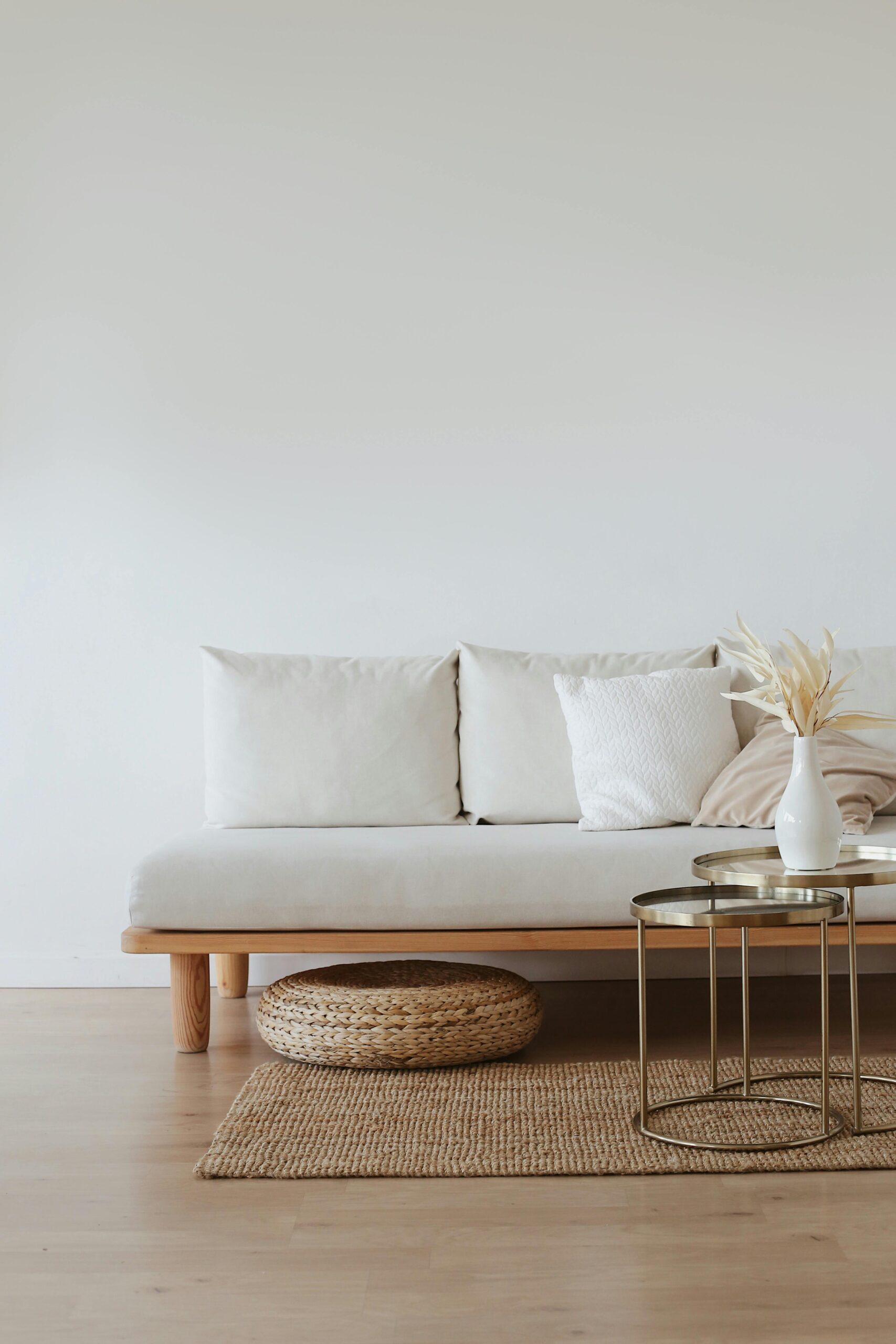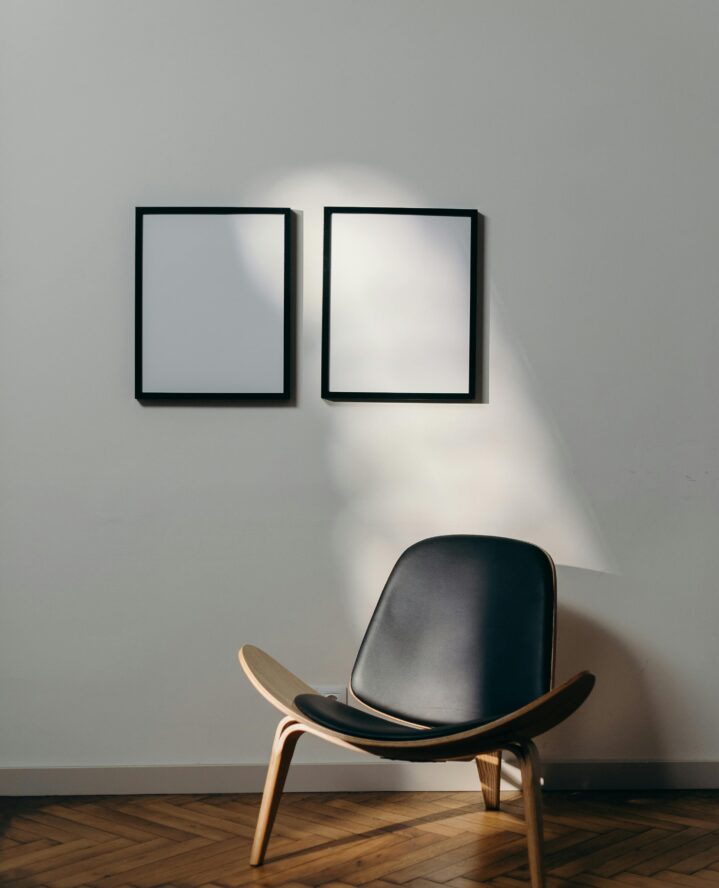In the midst of life’s hustle and bustle, clutter has a knack for sneaking its way into our lives, leaving chaos in its wake. It can feel overwhelming, especially if you have a packed day, a social life, kids, pets, and literally any other responsibility. It’s enough to make you want to crawl back into bed and hide underneath the covers. Micro-decluttering, however, is a tactic you can adopt to save the day—and your precious time. Here’s how to go about it.

What is micro-decluttering?
Micro-decluttering is the art of tackling clutter in small, manageable chunks. Unlike traditional decluttering methods that may involve marathon cleaning sessions, micro-decluttering breaks the process down into bite-sized tasks. It’s about making incremental changes over time rather than overwhelming yourself with a daunting cleanup.
The Difference Between Micro-Decluttering and Regular Decluttering
Think of traditional decluttering as a sprint, while micro-decluttering is more like a leisurely stroll. Traditional methods may require you to tackle entire rooms or areas at once, leading to burnout and frustration. On the other hand, micro-decluttering encourages a gradual approach, focusing on one specific task or area at a time. It’s about progress, not perfection.
The Connection Between Clutter and Mental Health
While clutter may seem harmless at first glance, its effects on mental health can be profound. Yes, clutter has been romanticized as a sign of creativity, but when it reaches overwhelming levels, it can be a source of stress and anxiety, disrupting our ability to function effectively on the daily.

Clutter and Stress
Clutter can be a silent but potent stressor in our lives. One study found that women with cluttered homes had higher levels of the stress hormone cortisol compared to those with tidier living spaces. The constant presence of clutter can disrupt our sense of peace and tranquility, turning our homes—a supposed sanctuary—into sources of tension and anxiety.
Approaching Micro-Decluttering: A Step-by-Step Guide
- Start Small, Stay Consistent: Begin by identifying a small area or task that could benefit from decluttering. It could be a cluttered countertop, a messy closet, or even your digital workspace. Focus on one area at a time to avoid feeling overwhelmed.
- Set Realistic Goals: Rome wasn’t built in a day, and neither will your clutter-free haven. Set achievable goals for yourself, such as decluttering one drawer per day or spending 15 minutes sorting through paperwork. Consistency is key.
- Embrace the Power of “No”: Learn to say no to things that no longer serve you. Whether it’s resisting impulse purchases or unsubscribing from unnecessary mailing lists, decluttering your life starts with simplifying your choices.
- Practice Mindful Consumption: Before bringing something new into your life, ask yourself if it truly adds value. Avoid falling into the trap of mindless consumption and instead focus on acquiring items that enhance your life in meaningful ways.

The 20/20 Rules of Decluttering
If you’re still struggling to get started, there are two simple yet powerful guidelines known as the 20/20 rule. This serves as a practical benchmark to help streamline your possessions, save time, and cut down on unnecessary expenses, all while maintaining a clutter-free environment.
1. You Can Replace it for Less Than $20
The first rule of the 20/20 decluttering principle is simple: if you can replace an item for less than $20, it’s likely not worth holding onto. This rule encourages you to assess the value of each possession in relation to its cost and utility. By letting go of items that are easily replaceable at a low cost, you free up space in your home and reduce clutter without sacrificing convenience.
For example, if you have a kitchen gadget gathering dust in a drawer that you rarely use and could easily purchase again for a minimal expense, it may be time to part ways with it. Similarly, clothing items that no longer fit or are out of style and can be replaced affordably are prime candidates for decluttering.
2. You Can Replace it in Less Than 20 Minutes
The second rule of the 20/20 decluttering principle focuses on time efficiency. If replacing an item takes less than 20 minutes, it’s likely not worth the effort to hold onto it. This rule encourages you to consider the time and effort required to maintain and organize your possessions.
For instance, if you spend more time searching for a misplaced item than it would take to replace it, it may be more practical to let go of it. Likewise, if an item requires frequent maintenance or cleaning that eats up your valuable time, it may be worth reconsidering its place in your home.
popular posts
- 1It’s Black Business Month, So Let’s Go Shopping and #BuyBlack!
- 220 Deliciously Simple Tequila Drinks With Only Two Ingredients
- 3Cortisol Cocktail: A Yummy Drink With All The Health Benefits
- 4These Are the 10 Things You Should Never Put in the Dishwasher
- 5A Look Inside Elon Musk's Tiny $50,000 House
Living Room

Make RiRi Proud With These Halftime Show Must-Haves
by Arielle Clay | January 30, 2023

DIY Throw Pillows: These 5 Fabrics Add Both Texture & Culture
by homeandtexture | February 22, 2023
FOLLOW ALONG ON INSTAGRAM
#homeandtexture
Find us on social for more home inspiration where culture, personal style, and sophisticated shopping intersect to help you create a home where you love to live.


